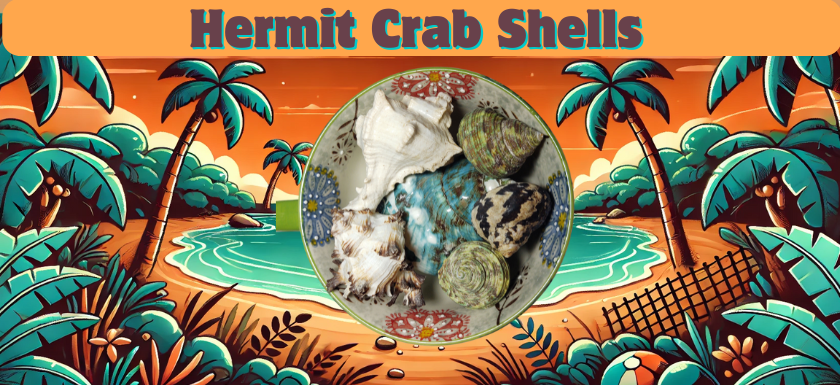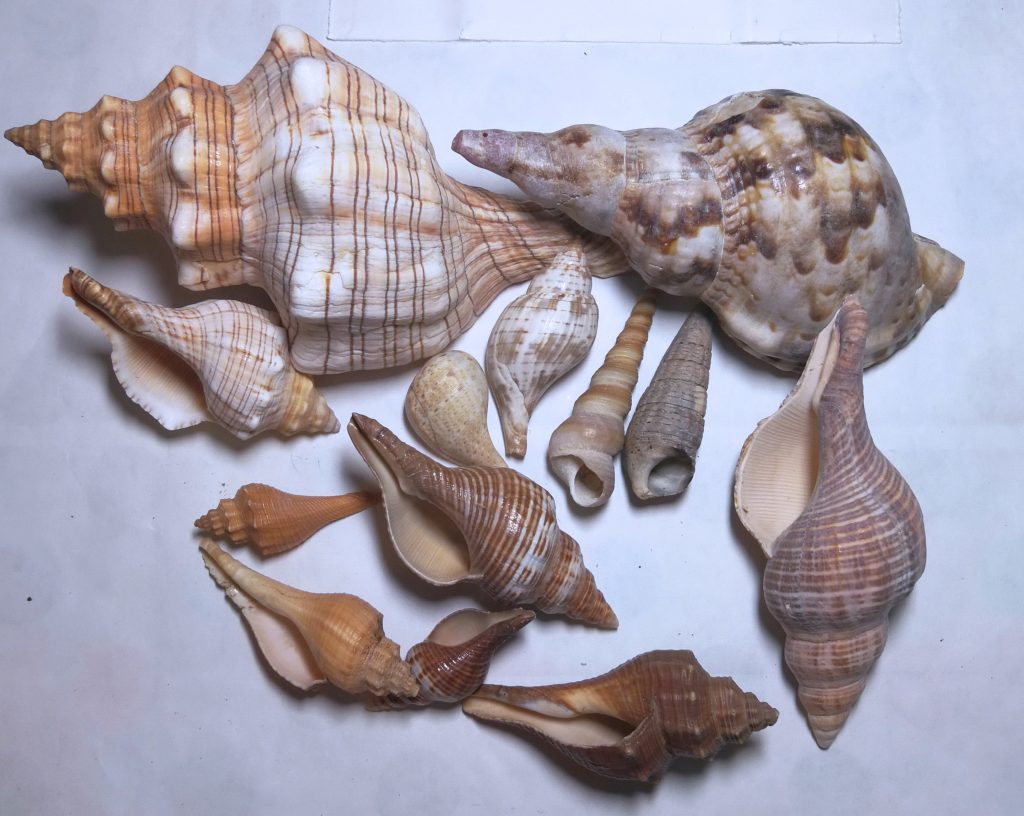Land Hermit Crab Shell Guide

A hermit crab’s shell is his life sustaining home and his protection from predators and desiccation. Hermit crabs take up residence in discarded gastropod shells and can not make their own shell.
“For the vast majority of crustaceans which we call hermit crabs, the behavior patterns by which individuals utilize empty gastropod shells as shelter are critical to the crab’s existence. Orientation to shells, selection of a shell to enter, entry of a shell, and subsequent living the shell are all behaviors which directly affect the Darwinian fitness of an individual crab. Failure to find or efficiently enter a shell at all can rapidly and markedly increase the chances of predation while selection of the wrong kind or size of shell can affect both the risk of the crab being eaten and its reproductive opportunities.” [4]
“The gastropod shell has three major layers secreted by the mantle. The calcareous central layer, tracum, is typically made of calcium carbonate precipitated into an organic matrix known as conchiolin. The outermost layer is the periostracum which is resistant to abrasion and provides most shell coloration. The body of the snail contacts the innermost smooth layer that may be composed of mother-of-pearl or shell nacre, a dense horizontally packed form of conchiolin, which is layered upon the periostracum as the snail grows.” [3]
When kept as pets it is important that you choose suitable shells for your hermit crab. Provide 3-5 suitable shells per hermit crab. Shells can be placed directly on the substrate or in a designated bin that we call a Shell Shop. This helps keep the shells clean and reduces the chances of them being buried.
In semi-terrestrial hermit crabs a well-fitting shell is essential for maintaining low evaporation rates and carrying ample water. An appropriately sized shell in good condition allows invasion of inland environments offering more shade, food and fresh water for C. clypeatus studied on Curacao. Hermit crabs with broken, ill-fitting shells are restricted to the coast, must rely on drinking saltwater, and appear to be in relatively poor condition.[1]
Terrestrial hermit crabs show “shell facilitation”; that is, larger populations of crab generate, through wear, larger numbers of shells suitable for adult crabs. [2]





Hermit crabs modify the interior and exterior of their shell to improve fit.
The remainder of this article applies to pet land hermit crabs only. Wild land hermit crabs will wear literally anything. An unprotected abdomen is a death sentence for a hermit crab.

Hermit crabs should be allowed to choose the shell they prefer from a selection of different sizes and types of shells. Natural shells are the best option. Painted shells should be avoided. Shells should not have jagged insides or holes in the lower part of the shell where water would leak out.

Most species of hermit crabs will prefer a shell with a round opening. Coenobita compressus (Ecquadorian) prefers a shell with a D shaped opening. Coenobita violascens prefers a long spiral type shell.
Shells should be cleaned and boiled in Prime treated water before offering to your hermit crabs. Many owners also do a final rinse in ocean water before placing in the crabitat but this is not required.
***If you collected shells from the beach be sure the shells are EMPTY before bringing them home. We strongly discourage this. Wild hermit crabs need shells too!
Hermit crabs can be very stubborn about changing shells but do not attempt to force a crab from it’s shell.
Instructions for Boiling Your New Shells
NOTE: Only boil shells that have not already been added to your crabitat. Small crabs are great at hiding. The risk of boiling a live crab is too great and unfortunately has happened several times. To clean shells that have been in your tank, check for possible inhabitants and rinse in warm water.
- Ensure that you’ve removed all stickers and plastic
- Place shells in a pot with primed fresh water
- Bring water to a rolling boil
- Boil shells for 10 minutes and then carefully turn off and remove from the heat.
- Allow the water to cool before carefully removing the shells to a paper towel.
- Note: hot water can become trapped inside the shell so use caution and be sure to allow the water too cool enough before handling.
- Optional: Dip your freshly boiled shells in cool primed salt water before adding them to your tank.
How to measure the opening of the shell



Size matters

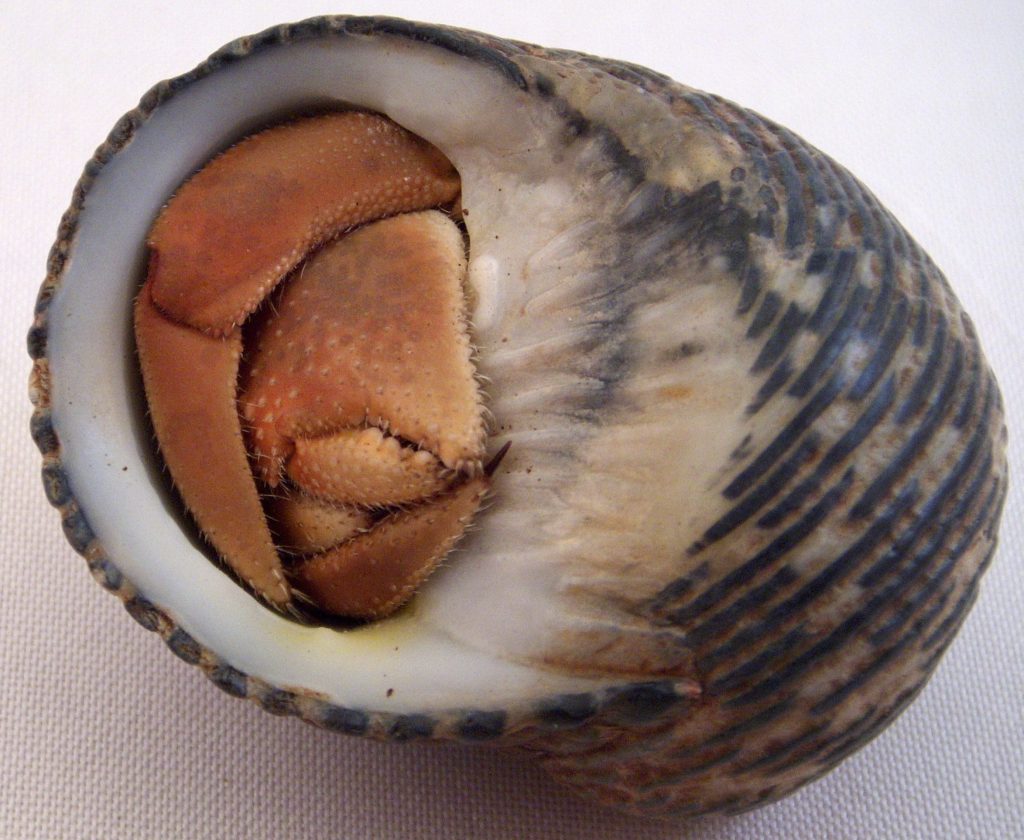
Round Opening versus D Opening

Shape – Round Opening




















Shape – D Opening
C compressus has a short and relatively fat abdomen compared to other species. Their native shells are D shaped openings, like the nerite family, which do not get to large sizes like turbo shells. When your C. compressus outgrows the largest D shaped shells available they will wear round opening shells but they may do a fair amount of shell shopping and probably some shell jacking in the process. This species also modifies the interior of their shells. I have not witnessed interior modifications by other species. I believe this is part of why C compressus is so picky about shells and prefers to steal a shell. Someone else may have done the work of renovating the interior!






















Good shells preferred by C. violascens
C violascens has a very long and somewhat skinny abdomen compared to other species. That means long spired shells fit better.

Unsuitable Shells




Good but usually ignored
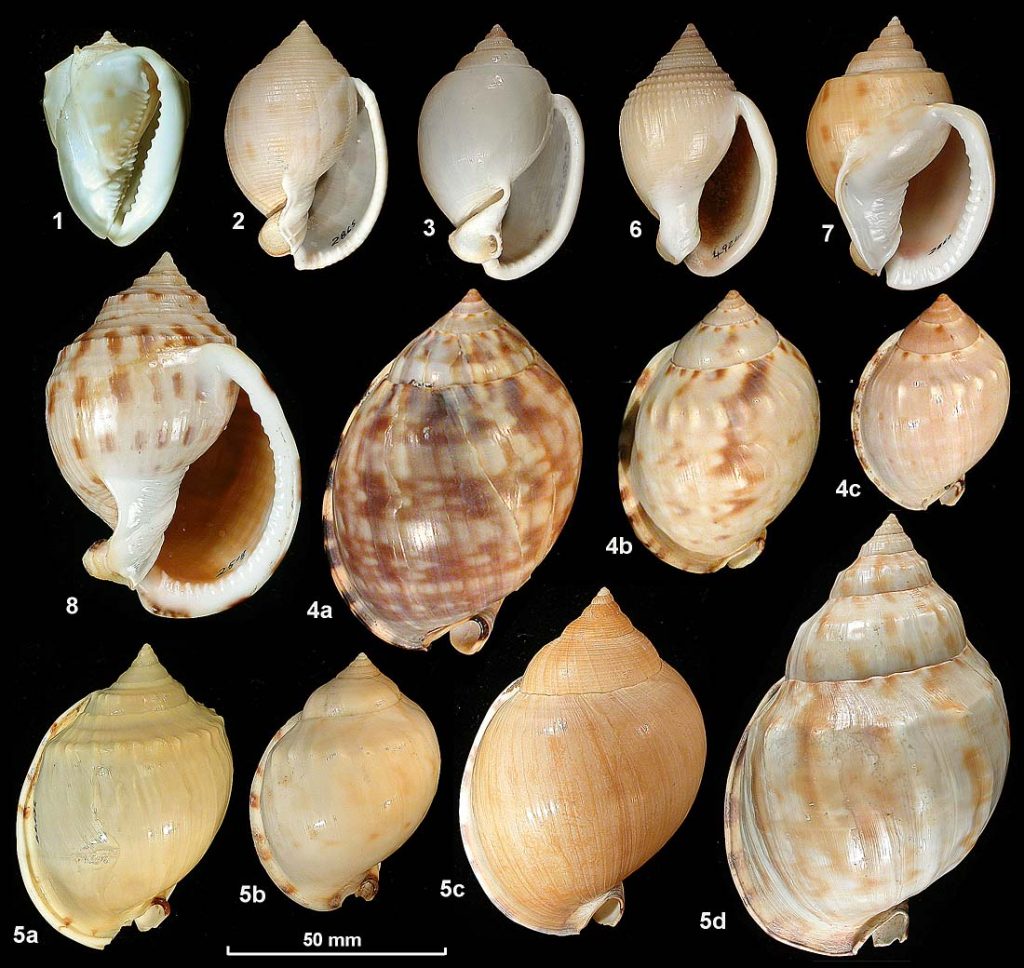

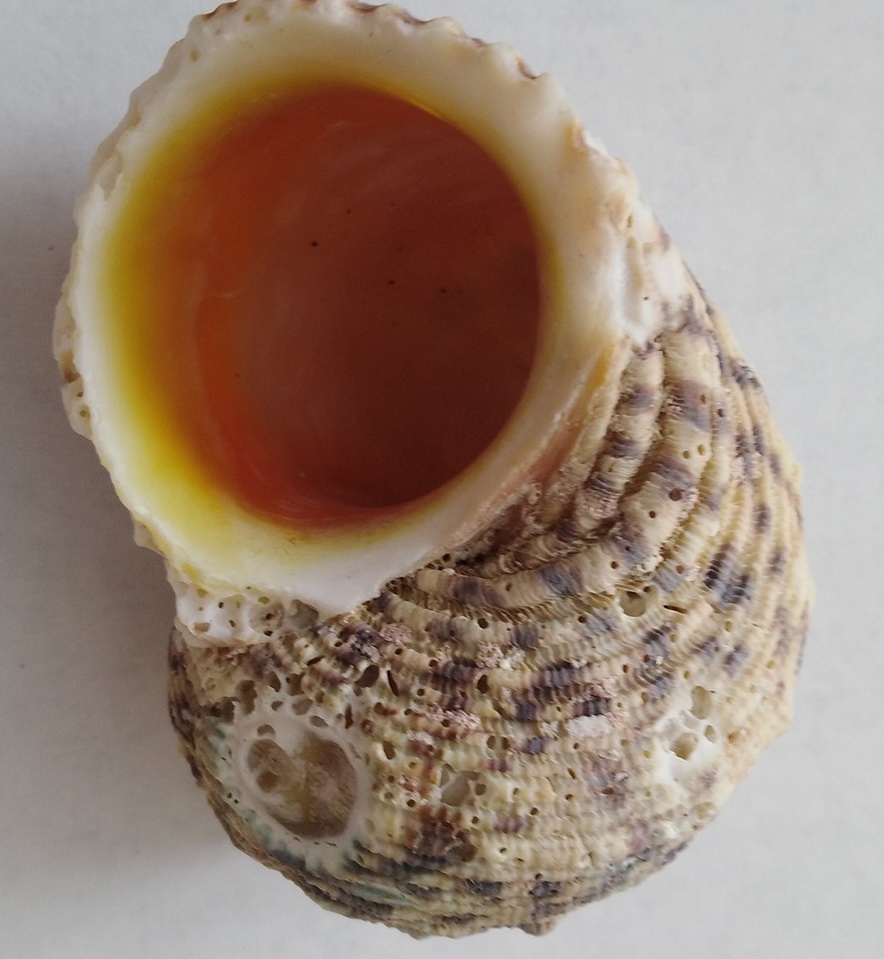
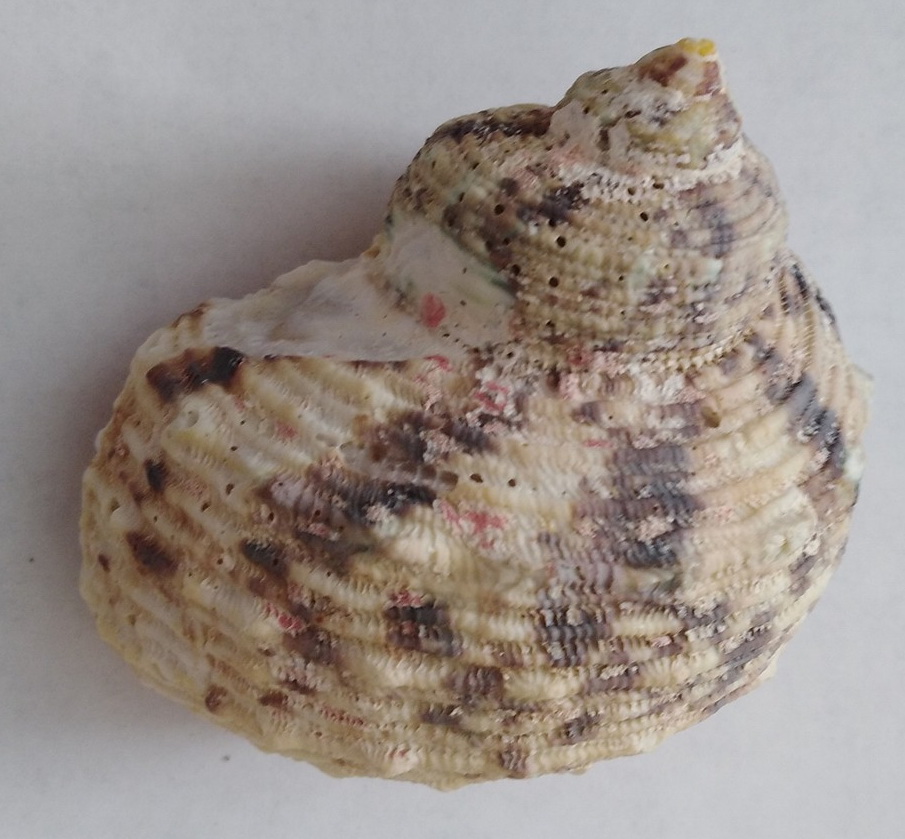
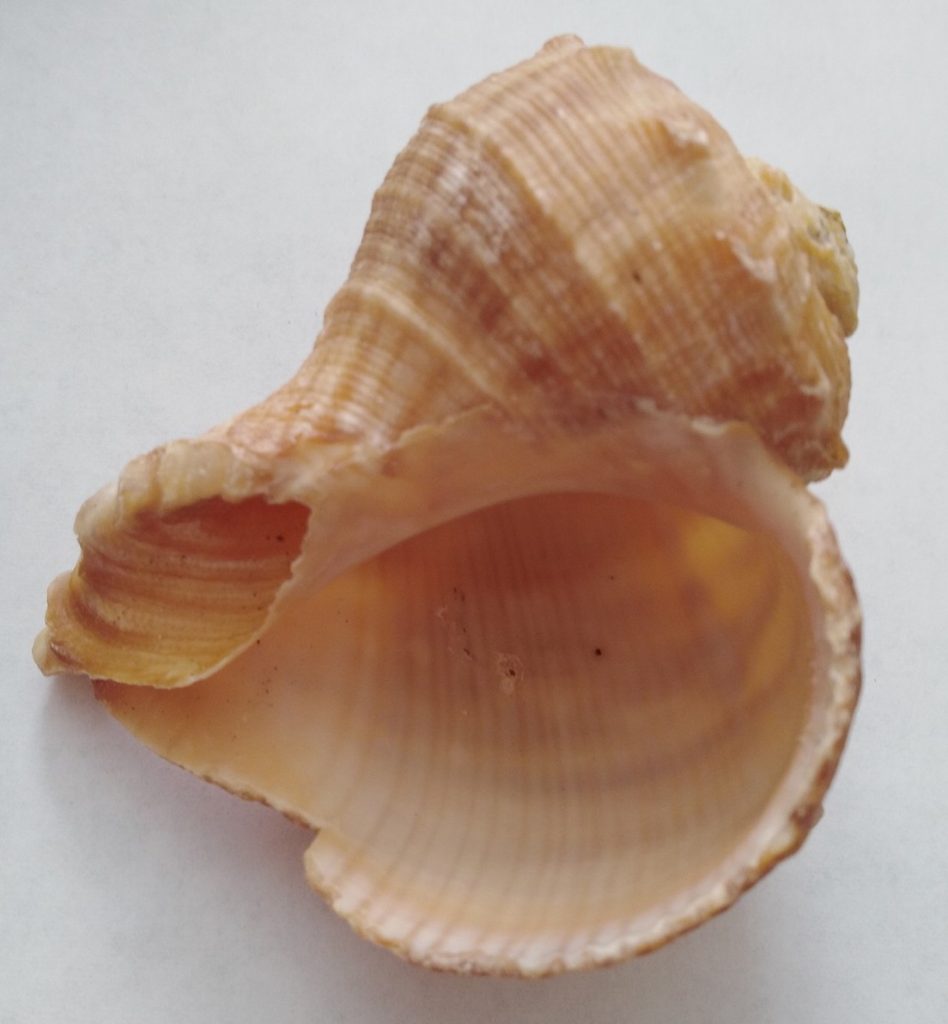
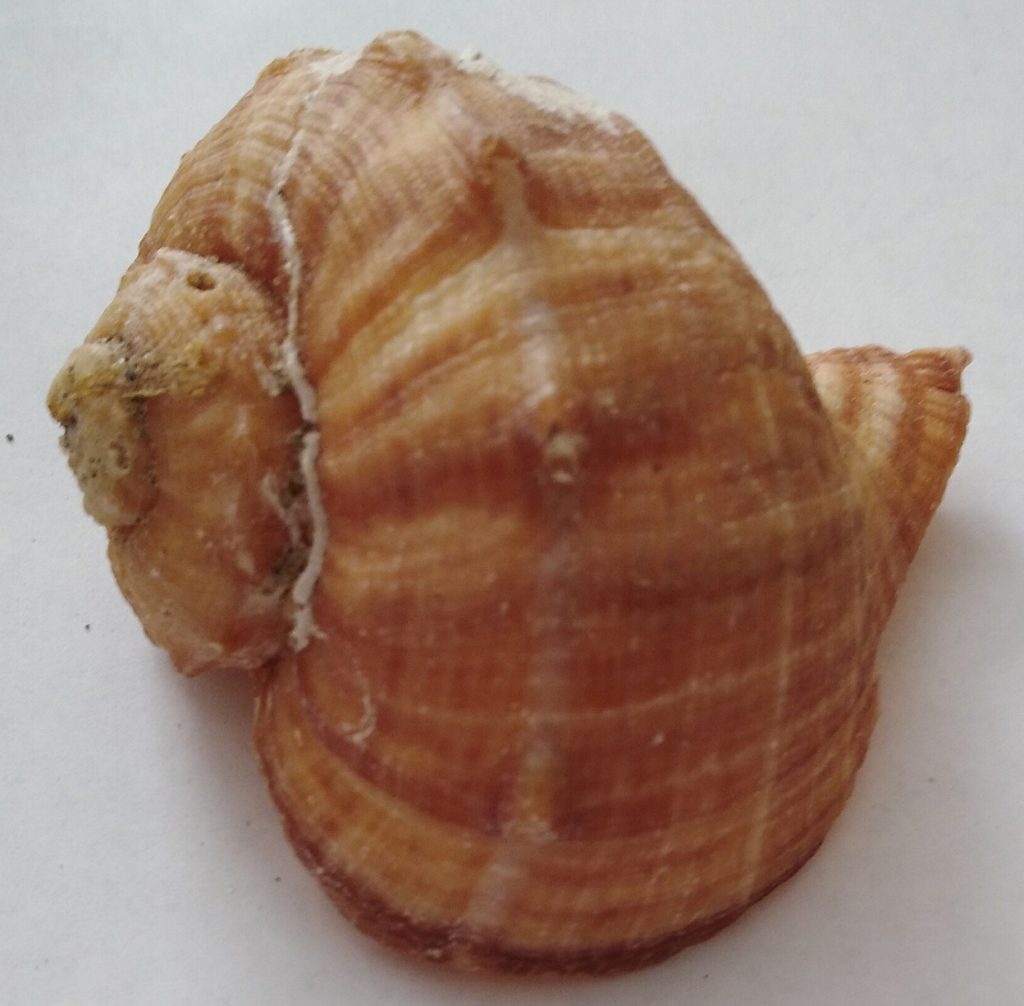
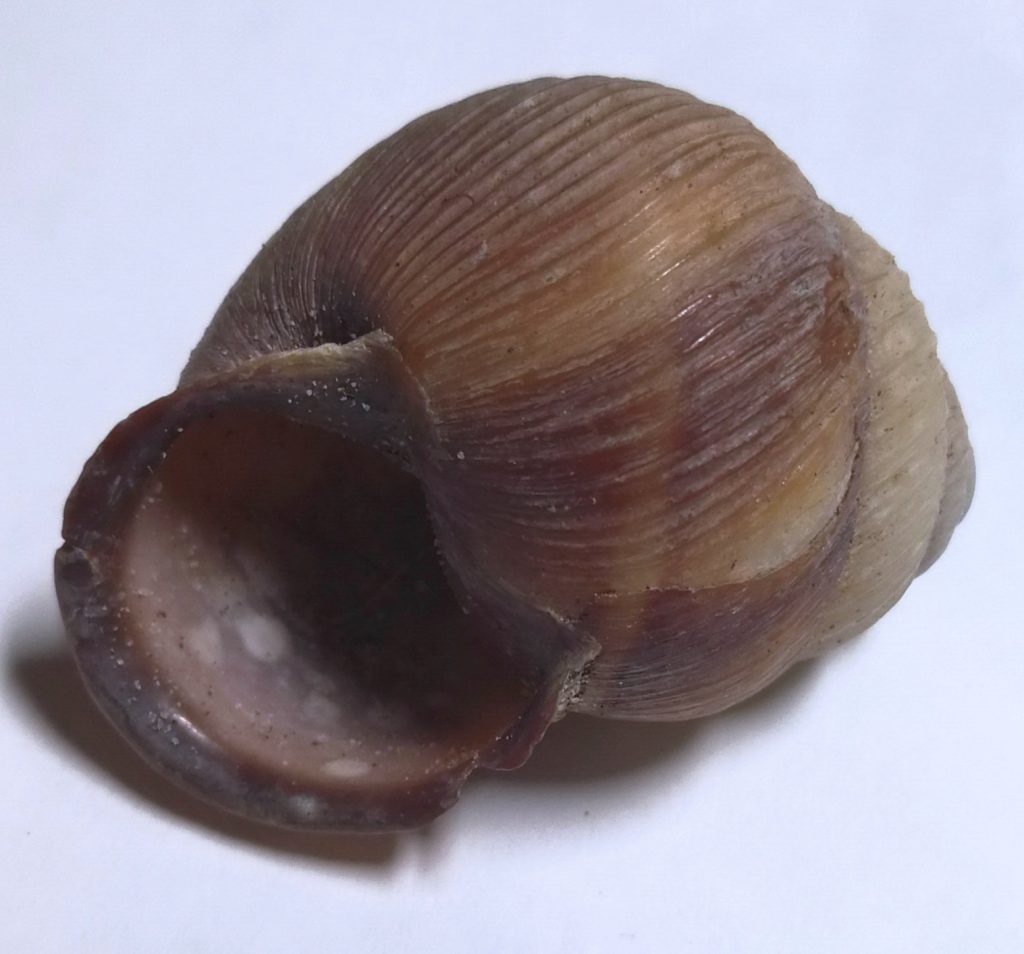
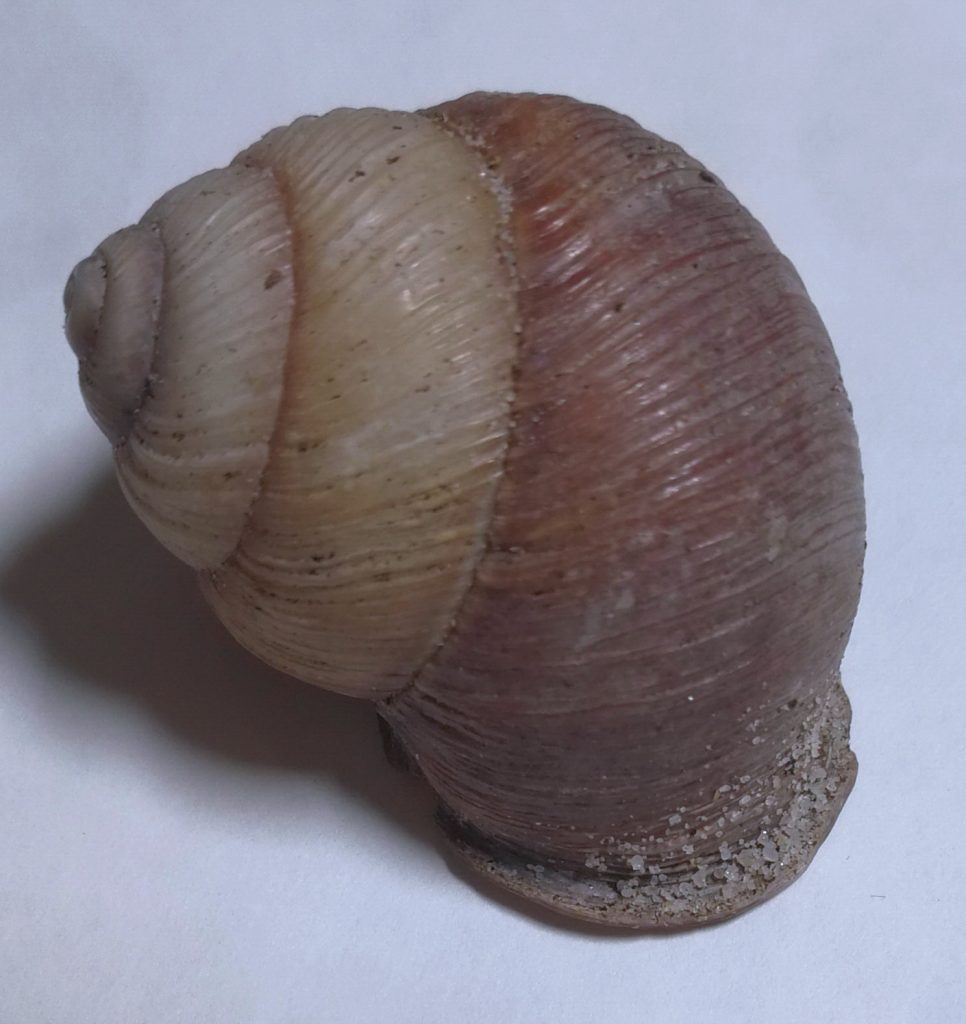

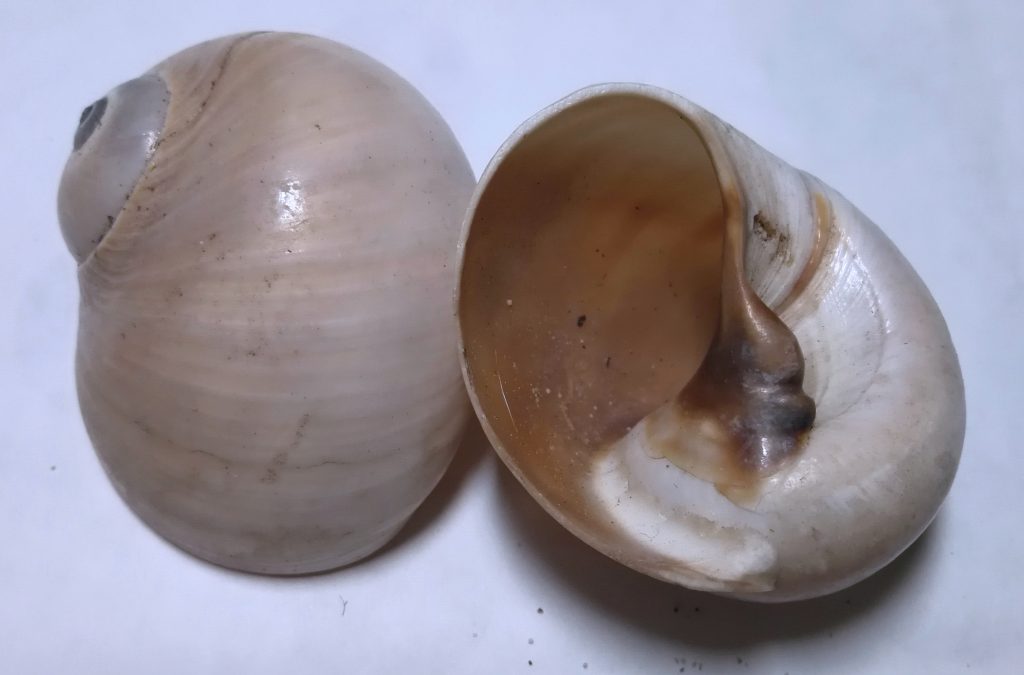
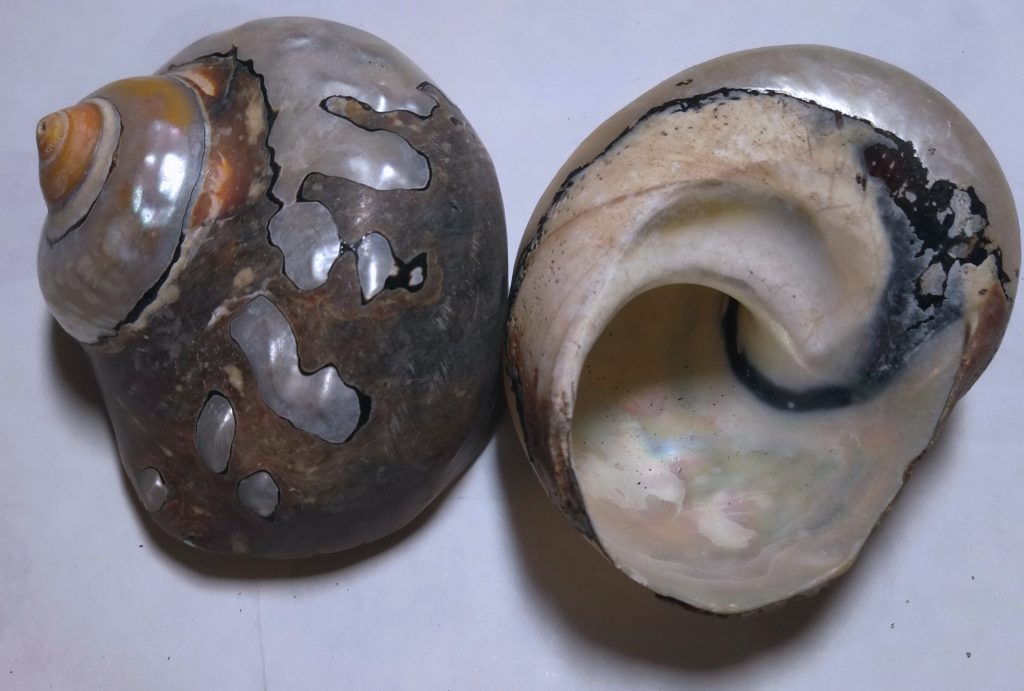
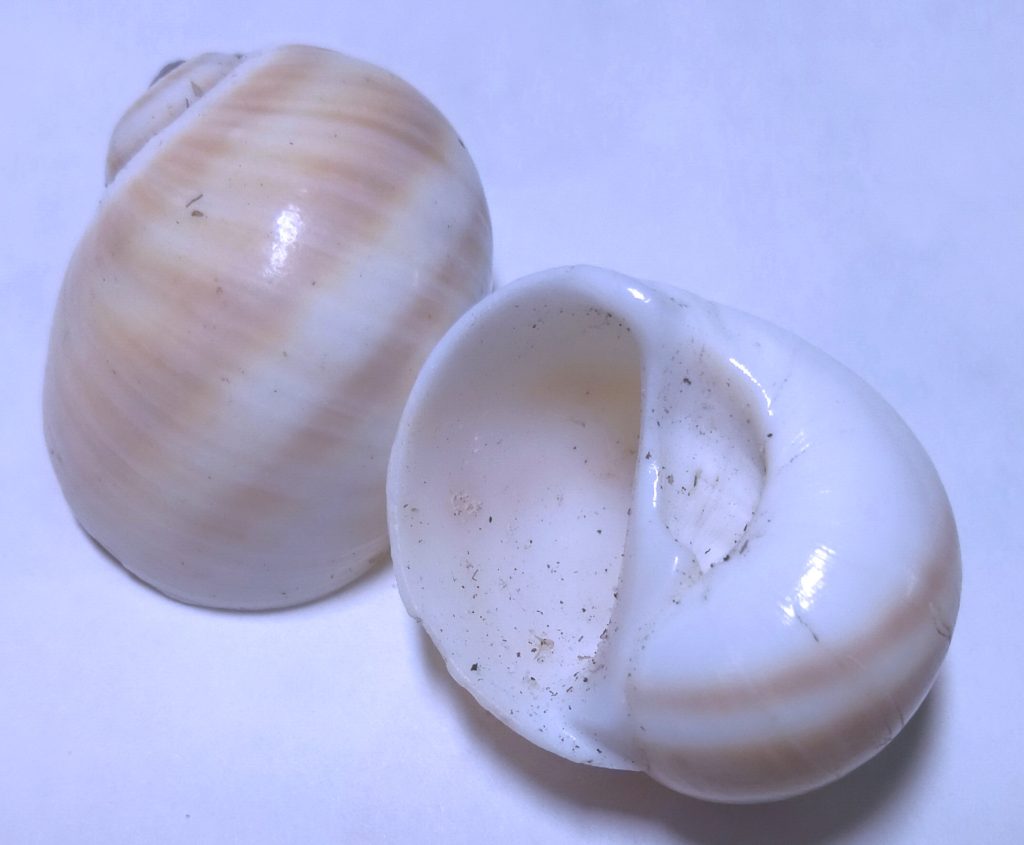
When and why do hermit crabs change shells?
Contrary to common belief, a molt does not mandate a shell change. If the existing shell is roomy enough to allow for growth during a molt, the hermit crab may feel no need to change shells. Additionally, you will find some hermit crabs are chronic shell shoppers, always trying on something new.
More information on the special relationship between hermit crab and their life sustaining shells.
The Social Lives of Hermit Crabs
Photos of Coenobita Cavipes lining up for a shell change in Singapore


Sara Lewis and Randi Rotjan, New England Aquarium and Tufts University Hermit Crab Vacancy Chains:
From BBC One: Hermit Crab Housing:
References:
- Wilde, 1973
- Abrams 1978
- https://en.wikipedia.org/wiki/Gastropod_shell
- Behavioural Plasticity as an Adaption to a Variable Environment., Brian A Hazlett

